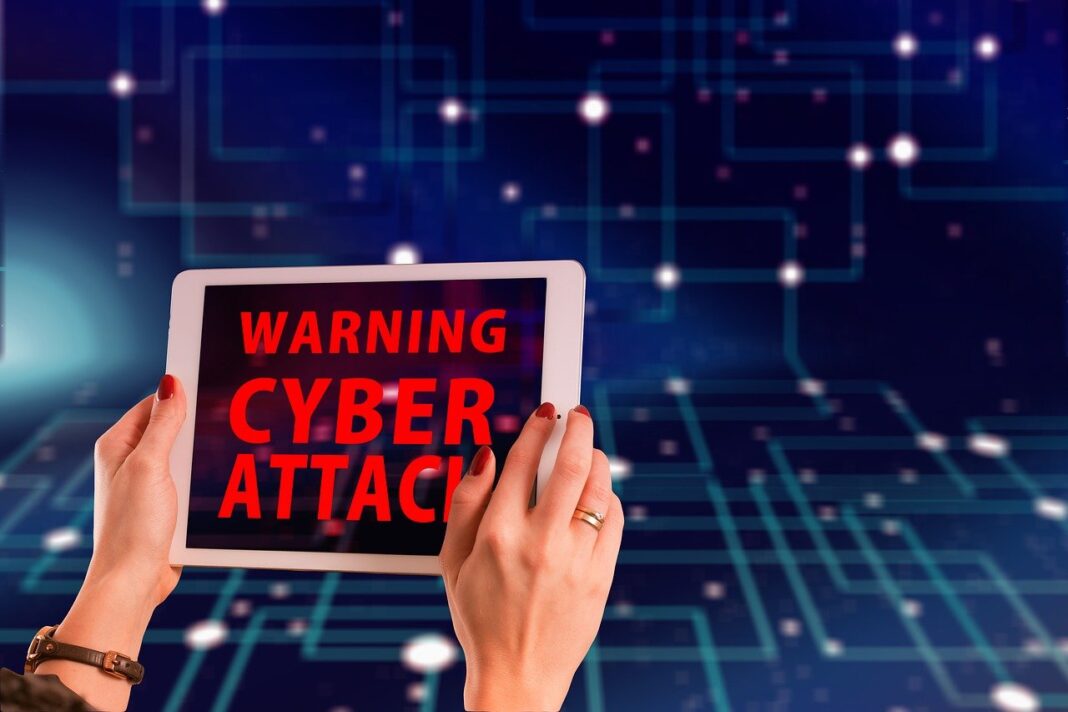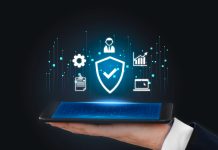Phishing and Pharming: Differences
When it comes to online security, there are a lot of terms that get thrown around. Two of these terms are phishing and pharming. While they both involve malicious intent, phishing and pharming are two very different things.
Phishing Attack
Phishing is a type of online scam where criminals send out emails or create websites that look like they are from a legitimate organization. Scammers often try to trick you into downloading a virus by giving their emails legitimate-looking logos and asking for information about your bank accounts, social security number, and email passwords. These attempts can be hard to spot because you might recognize the brand names and logos in the email.
When you receive an email from a company or organization that you recognize, it can be easy to assume that the email is legitimate. However, scammers will often use logos and branding from well-known companies to trick people into giving them sensitive information. If an email asks for your bank account details, social security number, or email password, it is likely a scam. Be sure to check the sender’s address and look for any red flags before replying to such an email.
What is a phishing attack example?
A phishing attack is an attempt by a cybercriminal to acquire sensitive information such as login credentials or credit card details by masquerading as a trustworthy entity in an electronic communication.
Phishing attacks typically occur via email or instant message and often involve the attacker impersonating a well-known organization or individual to trick the victim into providing personal information or clicking on a malicious link.
Attackers will often go to great lengths to make their communications appear legitimate, and may even create fake websites that mirror those of legitimate organizations to collect user data.
What does a phishing attack do to your computer?
When a phishing attack is successful, the attacker can gain access to your personal information, including passwords, financial information, and other sensitive data. In some cases, attackers can even take control of your entire computer system.
Phishing attacks usually involve tricking you into clicking on a malicious link or opening a malicious attachment in an email or text message. The attackers then rely on social engineering techniques to try and fool you into providing them with sensitive information or downloading malware onto your device.
It’s important to be aware of phishing attacks and know how to protect yourself from them. Some simple steps you can take include never clicking on links or attachments in suspicious emails or messages, being careful about what personal information you share online, and using strong passwords for all your online accounts.
Is Phish illegal?
Though the answer to this question may seem self-evident at first glance, upon closer examination one will find that the answer is far from clear. Phish, or more specifically phishing, is a type of online fraud in which criminals pose as legitimate organizations to obtain sensitive information such as passwords and credit card numbers. In most cases, phishing attempts are fairly easy to spot – the sender’s email address will usually be spoofed, and the message itself will often contain numerous spelling and grammar errors.
However, there are some instances where phishing emails can be quite convincing. In 2017, for example, a group of hackers managed to trick several high-level executives from various companies into giving them tens of thousands of dollars by impersonating their boss via email.
As these types of attacks become more sophisticated, it’s becoming increasingly difficult for users to tell whether an email is legitimate or not.
So what does all this mean for the question at hand? While phishing itself is not technically illegal if someone falls victim to a phishing scam and loses money.
Pharming attacks can be difficult to detect and protect against because they exploit vulnerabilities at the network level rather than at the individual computer level. Users can protect themselves by being cautious about clicking on links or downloading files from unknown or untrustworthy sources.
Pharming attack
Pharming is another type of online scam where criminals redirect you to a fake website even if you typed in the correct URL for the real one. This can happen if your DNS server has been hacked, or if you click on a malicious link that redirects you without you realizing it. Once on the fake website, criminals can then try to steal your personal information or infect your computer with malware. Pharming can be difficult to detect as well, since the fake website may look identical to the real one except for subtle changes like misspellings in the URL.
What is a pharming attack example?
One example of a pharming attack is when an attacker redirects traffic from a legitimate website to a malicious one to steal sensitive information. For instance, an attacker could use DNS spoofing to change the DNS record for a particular website so that when users try to visit the site, they are instead redirected to the attacker’s malicious version of it. The attackers can then use this fake site to collect login credentials or other sensitive information from unsuspecting victims.
Another example of a pharming attack is when an attacker injects malicious code into a legitimate website to redirect visitors to a different, malicious site. This type of attack is often carried out by compromised websites that have been infected with malware. When users visit these infected sites, they may be automatically redirected to another site that hosts malware or phishing content. In some cases, users may also see fake error messages or pop-ups that warn them about supposed infections on their computer; these messages are meant to trick users into clicking on links that will download more malware onto their system.
What does a pharming attack do to your computer?
When a phishing attack is successful, the attacker gains access to the victim’s sensitive information, such as login credentials, credit card numbers, and banking information. The attacker can then use this information to commit identity theft or fraud.
The most common method of pharming is through email. The attacker will send an email that will usually contain a link that takes the victim to a fake website that looks identical to the real website. The victim is then prompted to enter their login credentials or other sensitive information on the fake website. The attacker can then use this information to gain access to the victim’s accounts or commit fraud.
The message of an attacker will often contain a link that leads to a fake website. Once on the fake website, the victim may be prompted to enter their login credentials or other sensitive information.
Users need to be aware of how these attacks work and exercise caution when clicking on links in emails, instant messages, and text messages.
Is using Pharm Quizlet illegal?
The answer to this question is not as simple as a yes or no. Copyright law is very complex, and there are many gray areas. For example, it is generally accepted that it is legal to make a copy of a copyrighted work for your personal use. But what if you make copies for other people? What if you sell those copies?
In the case of Pharm Quizlet, the developers have said that they believe their product is legal. They argue that they are providing a service that helps students learn and that no copyrighted material is copied or distributed by their site.
However, there have been lawsuits filed against them in the past, and more may be filed in the future. Only time will tell whether or not Pharm Quizlet is truly breaking the law.
How to protect yourself from Phishing or Pharming attacks?
As we have seen the differences between phishing and pharming attacks – both phishing and pharming can have devastating consequences if you fall victim to them. That’s why it’s important to be aware of these scams and know how to protect yourself against them.
One way to do this is by never clicking on links or attachments in emails unless you are sure they are from a trusted source.
You should also install antivirus software on your computer and keep it up-to-date, as this can help defend against both phishing and pharming attacks.
You can take the help of network security services to avoid these attack spells.








